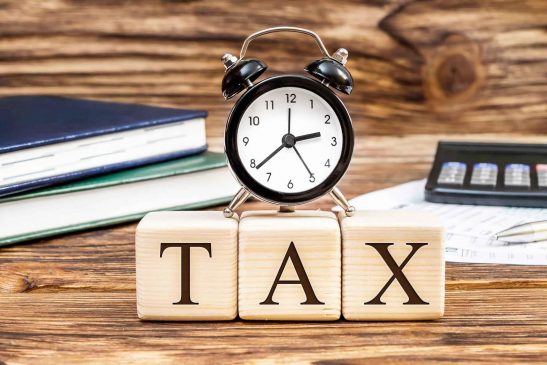Income Tax Return AY 2023-24: Those filing ITR themselves this year need to keep in mind a few key things
Even as the ITR season for the assessment year 2023-24 is going on with the last date being July 31, 2023, over 1 crore income tax returns (ITRs) have already been filed so far. The 1 crore ITR milestone this year is 12 days faster as compared to last year.
Those filing ITR themselves this year need to keep in mind a few key things.
Read More: Income Tax Return: Earned from buying, selling shares? Here’s how to declare STCG or LTCG in ITR
Pick Correct ITR Form
There are various ITR forms on the e-filing portal for income tax returns. There are seven types of ITR forms and the forms are different for different income tax filers.
ITR-1 can be filed by an individual having income up to Rs 50 lakh and who receives income from salary, one house property and other sources (interest, etc). ITR-4 can be filed by individuals, Hindu Undivided Families (HUFs) and firms with total income up to Rs 50 lakh and having income from business and profession.
While ITR-2 is filed by people having income from residential property and having income above Rs 50 lakh, ITR-3 is filed by professionals. ITR-5 and ITR-6 are filed by LLPs and businesses. ITR-7 is for taxpayers including companies that are a charitable or religious trust, political party, research association, news agency or similar organizations specified in the Act. Check your eligibility criteria carefully before picking up the form.
Read More: ITR Filing Last Date, TDS And TCS: Don’t Miss These 4 Income Tax Due Dates In July
Report All Income Sources
You must report all your income sources in the ITR. If you do not report all your income sources, the income tax department is likely to treat it as a violation of the I-T Act and send you a notice. Most individuals have a number of income sources apart from salaries, such as interest earned on bank savings account, fixed deposits (FDs), insurance and other savings schemes like PPF. You need to report all such income, even if it is tax-free.
In case you have changed your job, it is necessary to report income earned through both employers. If you have any investment income under your child’s name, it should also be mentioned while filing tax returns.
Disclose Your Assets
The government has mandated individual taxpayers to disclose certain assets in their ITR. For immovable assets like land and building owned by you, you have to provide the description of the asset, its address, and the cost of such property.
Read More: ITR Filing Crosses 1 Cr Milestone Till June 26; Know How To Register And File ITR Soon
Mistakes in Claiming Deductions Under Section 80C
Many of us think that employer’s contribution to the Employee Provident Fund (EPF) has to be included in claiming Section 80C benefits. It is incorrect. Similarly, only the principal repaid on housing loan is eligible for Section 80C. Many other deductions are claimed under wrong heads leading to their rejection. So please cross-check before filling your form.
Discrepancy in TDS Details
Many of us file returns without verifying Form-26 AS credit of TDS (tax deducted at source) held with I-T Department. If your employer or anyone else who has deducted TDS does not deposit the same with the I-T department or fails to mention your PAN correctly, that amount will not reflect in Form-26 AS, leading to default. Hence do check that credit for TDS deducted has been mentioned in Form-26 AS. If there is a mismatch, take timely action to rectify the same.
To download your Form-26AS, you can login to your account on the e-filing website, https://www.incometax.gov.in/iec/foportal/. Once logged in, click on ‘View 26AS (Tax Credit)’ under the ‘My Account’ tab. The website will redirect you to the TRACES website to download the form.





































